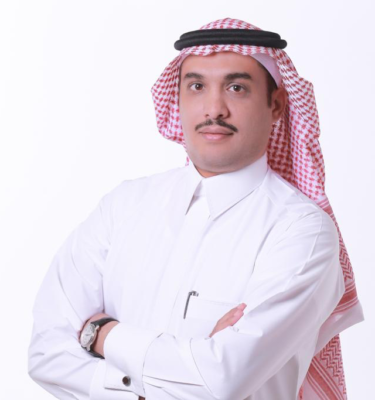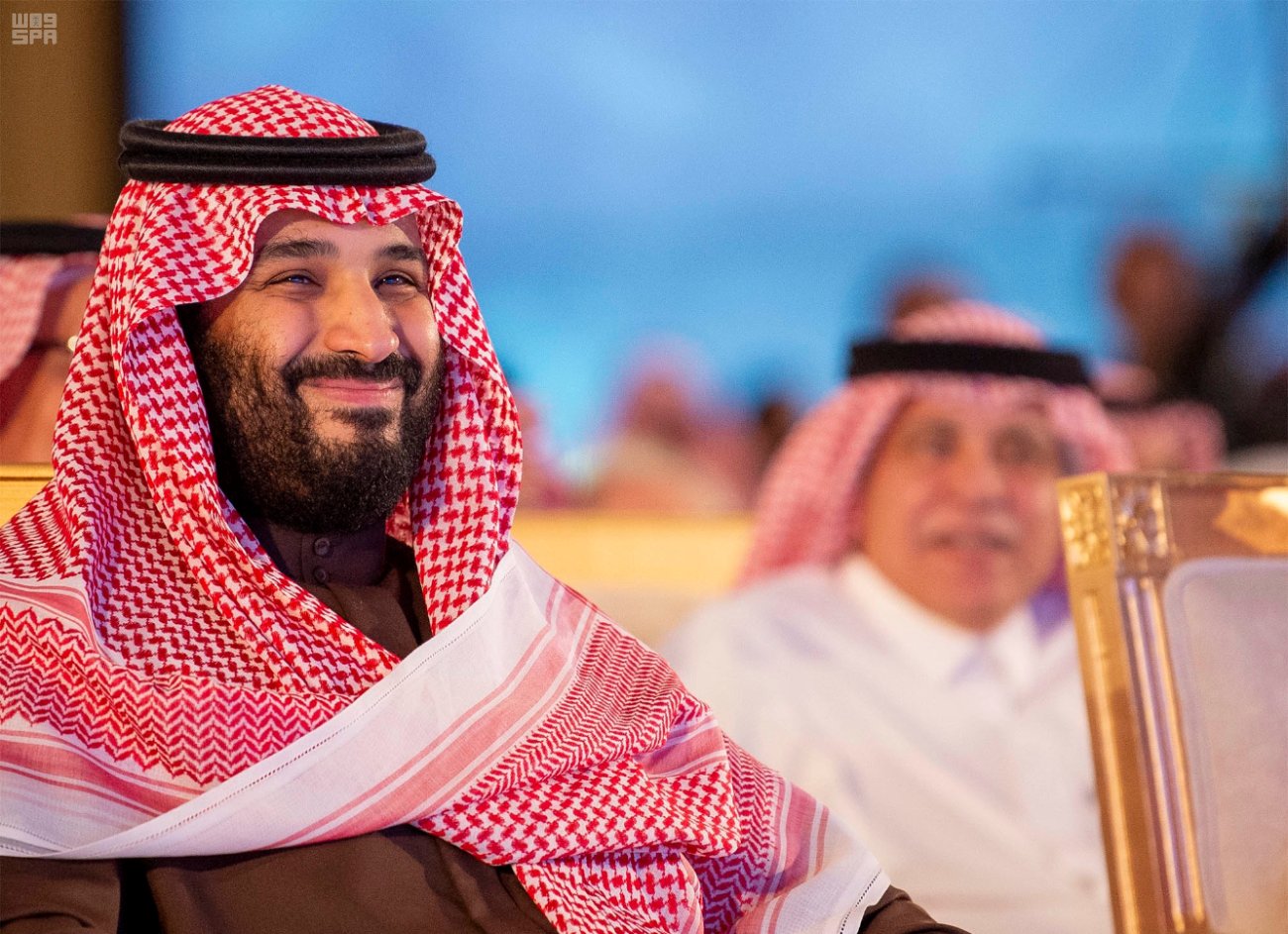In 2016, Saudi Arabia’s Crown Prince Mohammed bin Salman announced his “Vision 2030″—the most comprehensive transformation plan in the history of the country, which includes wide-ranging social and economic reforms. Vision 2030 was designed as a 14-year project; however, in its first three years, we have already seen tangible advances, such as fiscal consolidation efforts, the introduction of a value-added tax, and continued commitment toward implementing structural reforms, regardless of recent increases in oil prices.

Dr. Hussain Abusaaq is Chief Economist and Head of Research for KPMG in Riyadh, Saudi Arabia.
New government entities, such as the National Center for Performance Management (Adaa) and delivery unit, have been established to improve the quality of services that are provided to citizens. Other entities, such as the Local Content and Government Procurement Commission, have increased the participation of the private sector, while the General Entertainment Authority and the General Authority for Culture were established to improve Saudi lifestyles. In addition, 13 Vision Realization Programs (VRP) were developed, such as the National Industrial Development and Logistics Program and the Fiscal Balance Program, as supporting initiatives.
Other promising changes for Saudi society have included increases in the involvement of women in the economy as well as more agile governance in decision making. The latter helps ensure the exploitation of potential opportunities, both locally and globally, and the ability to adjust quickly to dynamic changes various industries and the private sector. Vision 2030 and the National Transformation Program have introduced aggressive metrics to all government ministries and agencies in an effort to professionalize their performance as well as their workforce. Although many more are needed, many young, technologically savvy Saudis are finding rewarding opportunities that didn’t exist before. Numerous ‘giga’ projects such as NEOM, Qiddiyah and the Red Sea Project have been launched, which are expected to impact growth in the long term.
Although these achievements are notable and came about within a short time, Vision 2030 still has some people who prefer to blame it for any downward trend in the economy. These same critics usually have a problem with every target that the Vision aims to reach. I believe that these people, instead of concentrating on the challenges of the reforms, should instead consider the opportunities that would have been lost without the Vision 2030.
The Saudi economy, like any economy with an abundance of natural resources, is not immune to the natural resources curse. ‘Dutch Disease’ symptoms – slowed manufacturing growth and limited private sector diversification among them – have long been challenges for the Saudi economy. We have seen the impacts of government institutions not effectively managing their resources, a private sector almost entirely dependent on government spending and households preferring to be unemployed and depend on the government.
At this stage of Vision 2030 implementation, greater involvement of the private sector and consistent communication are crucial. Vision 2030’s communication team should be prepared to provide early and clear plans regarding the implementation of Vision 2030 including timelines, key engagement strategies and any forthcoming regulatory and policy changes. Also, the order and priorities of Vision 2030 elements are critical to achieving synergies among programs.
Doing this will enable both the private sector and foreign investors to more fully engage and participate in Vision 2030 reforms and changes.
***
Dr. Hussain Abusaaq
Dr. Hussain Abusaaq is Chief of Economist and Head of Research for KPMG, Riyadh, Saudi Arabia.









